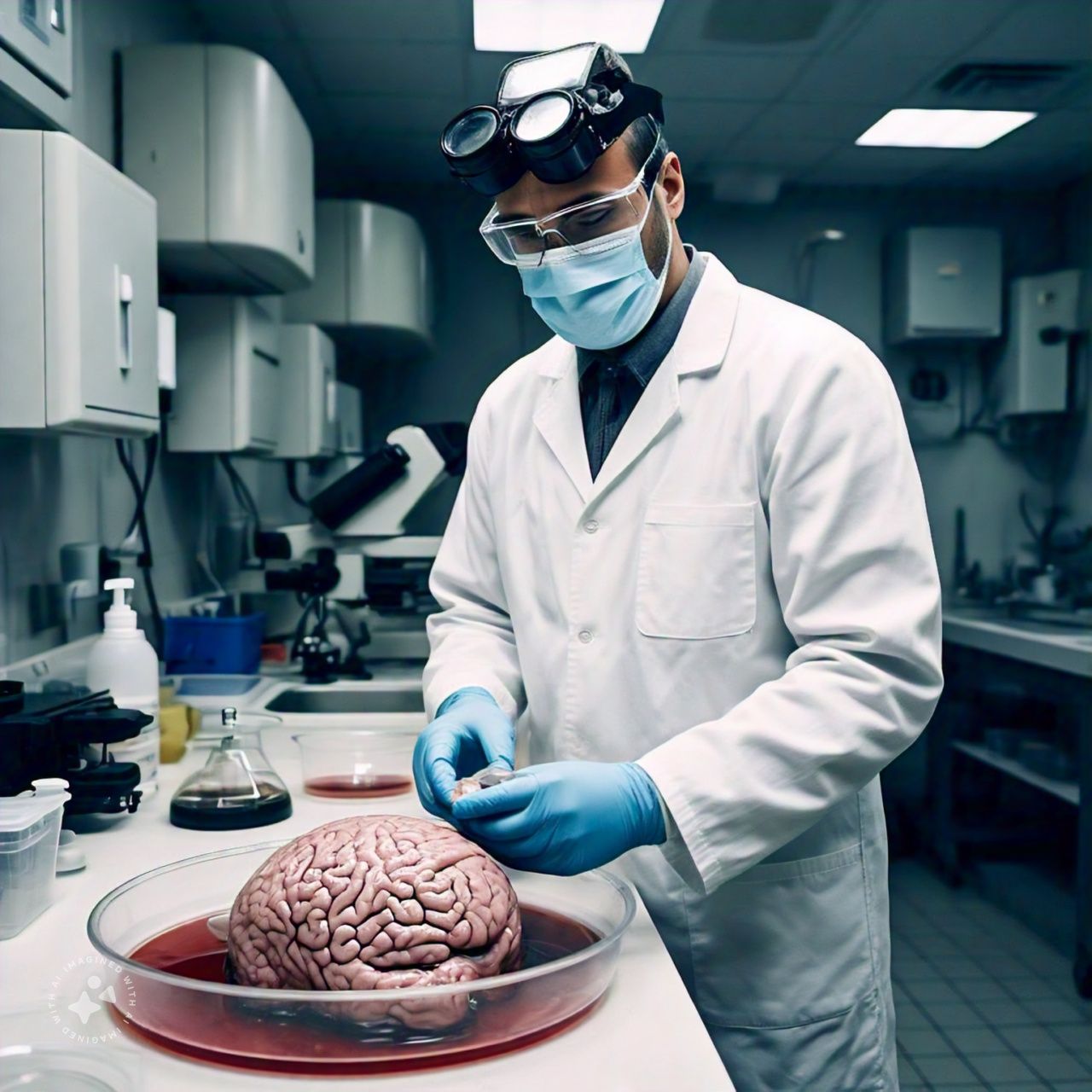
New Invention Diagnoses Heart Attacks in Minutes and Could Save Lives
Every second counts during a heart attack. A new blood test can diagnose a heart attack in minutes instead of hours.
BioPhotonics: A Promising Breakthrough for Diagnosing Heart Attacks
Biophotonics, an emerging technology that uses light to study biological tissues, is gaining ground in the early diagnosis of heart diseases, particularly heart attacks. This innovative tool offers a fast, non-invasive, and precise method for identifying cardiovascular problems, which could transform cardiac care and prevention in the near future.
What is Biophotonics and How Does it Work?
Biophotonics is based on the interaction of light with biological systems to analyze the structure and function of cells and tissues. This technology has already been used in various areas of medicine, but it is showing great potential in cardiology, allowing detailed observation of arteries and blood vessels without the need for invasive procedures.
Techniques such as optical spectroscopy and optical coherence tomography (OCT) are being explored to detect heart problems. Spectroscopy helps identify molecular changes in the heart and blood vessels, while OCT provides high-resolution images of coronary arteries. This allows doctors to identify unstable plaques in the arteries, one of the main causes of heart attacks, long before severe symptoms appear.
Benefits in Diagnosing Heart Attacks
One of the main advantages of using biophotonics in cardiology is its ability to detect early biomarkers of heart attacks. During a heart attack, certain protein levels change rapidly in the body. Using techniques like Raman spectroscopy, biophotonics can detect these molecular changes faster and more accurately than traditional blood tests.
Additionally, optical coherence tomography (OCT) allows doctors to visualize the structure of coronary arteries in real-time, facilitating the identification of unstable plaques that could lead to a heart attack. Detecting these issues before they worsen is crucial for preventing fatal cardiovascular events.
Advantages Over Conventional Methods
Biophotonics is a non-invasive technology, reducing risk and discomfort for patients. It is also highly sensitive, enabling the detection of heart problems much earlier than other tests, such as electrocardiograms or blood analyses.
This approach is also useful in critical situations, as it provides real-time results, allowing for swift and effective decision-making in treating heart attacks.
A Promising Future for Biophotonics in Cardiology
Although biophotonics is still in its early stages in cardiology, its future looks promising. With further research and development, this technology has the potential to change the way heart attacks are diagnosed and prevented.
4o











LEAVE A COMMENT:
Join the discussion! Leave a comment.